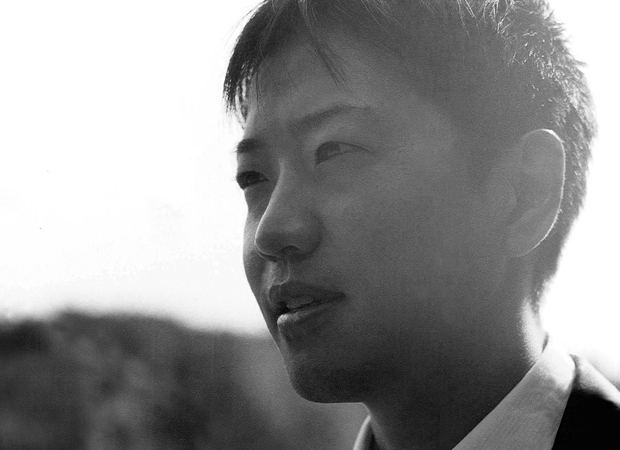
The 10 x 10/3 interview: Hiroshi Nakamura
One of Tokyo's rising stars explains why nature, rather than the metropolis, is the strongest influence on his architecture
Often readily identifiable by his inventive use of punched metal, Hiroshi Nakamura's buildings are characterised by a love of light, a sensitive eye for space and a connection with nature. Key works to date include several houses built literally within the landscape and the dazzling Lanvin Boutique in Tokyo. He is currently working on a museum in Tochigi and the renovation of Tokyo Airport.
From 1999 Nakamura worked as the Chief Engineer at Kengo Kuma and Associates, establishing his own office in 2002 at the age of only 28. He was selected by Kuma as one of the best emerging architects for Phaidon's latest overview of contemporary world architecture, 10 x 10_3.
The architect spoke to Phaidon.com about his most interesting work, approach to architecture and the challenges facing architects today.
_Q: You were selected Kengo Kuma for 10 x 10_3. Why do you think Kuma chose you and what does it mean to be included in that book?_
It's a huge honour to have been included in this book. My approach is grounded in a strong physicality that explores the connection between man and architecture and I think Kuma has chosen a number of buildings that focus on enriching this relationship.
Q: Which building or project of your own design do you consider the most interesting and why?
'Dancing Trees, Singing Birds' [a house constructed in a prime location in central Tokyo which was surrounded by trees]. The principle of avoiding damage to the trees, whilst maximising the available space for the building, made for a complicated design, but the result - the experience of the sunshine filtering though the foliage - gives a sense of the good life.
Q: How did you approach the project 'Dancing Trees, Singing Birds'?
Using a computer: we modelled the trees in 3D and simulated their sway during a typhoon. We designed the rooms to avoid the areas where the trees moved.
Q: Is this typical of how you work?
Usually I stand on the site, and take it in from every possible angle - that's where the architectural process starts.
Q: Who else included in 10 x 10_3 are you particularly interested in?
RotterdamNL. The practice seems, like me, to have been taken with the concept of ‘communication design'. I am very interested in their work.
Q: Good design is many things, what elements do you feel underpin good design? Which one aspect of design do you give the highest priority?
I treat architecture as ‘communication design’, so for me, ‘good design’ is about the relationship it creates between people and the building, or perhaps architecture’s ability to enrich our relationships with nature and each other.
Q: How has your approach to architecture design changed over the years since your inclusion in 10 x 10_3?
I feel the importance attached to the connection to nature has deepened.
Q: What do you feel are the greatest challenges for today’s architects?
To produce a successful critique of capitalism. To escape the commoditisation of architecture.
Hiroshi Nakamura, thank you.